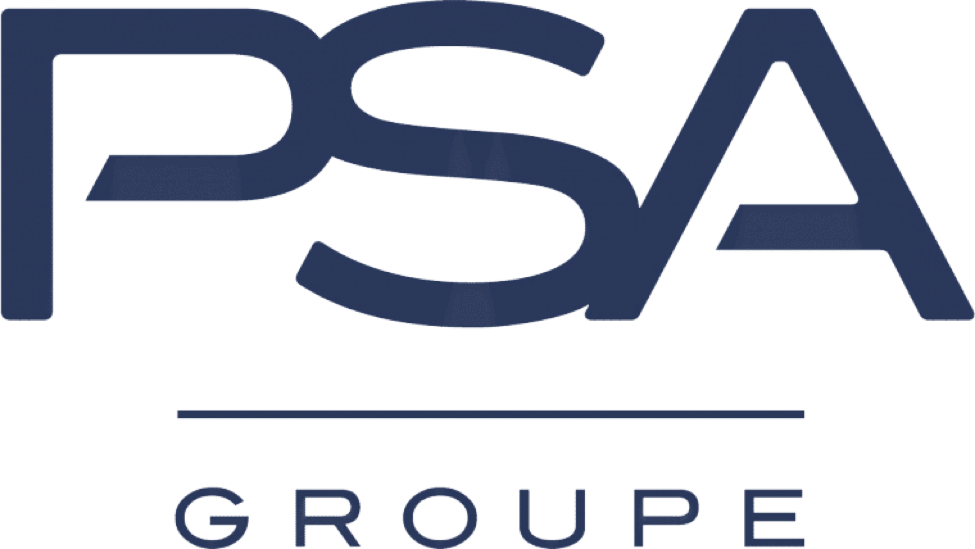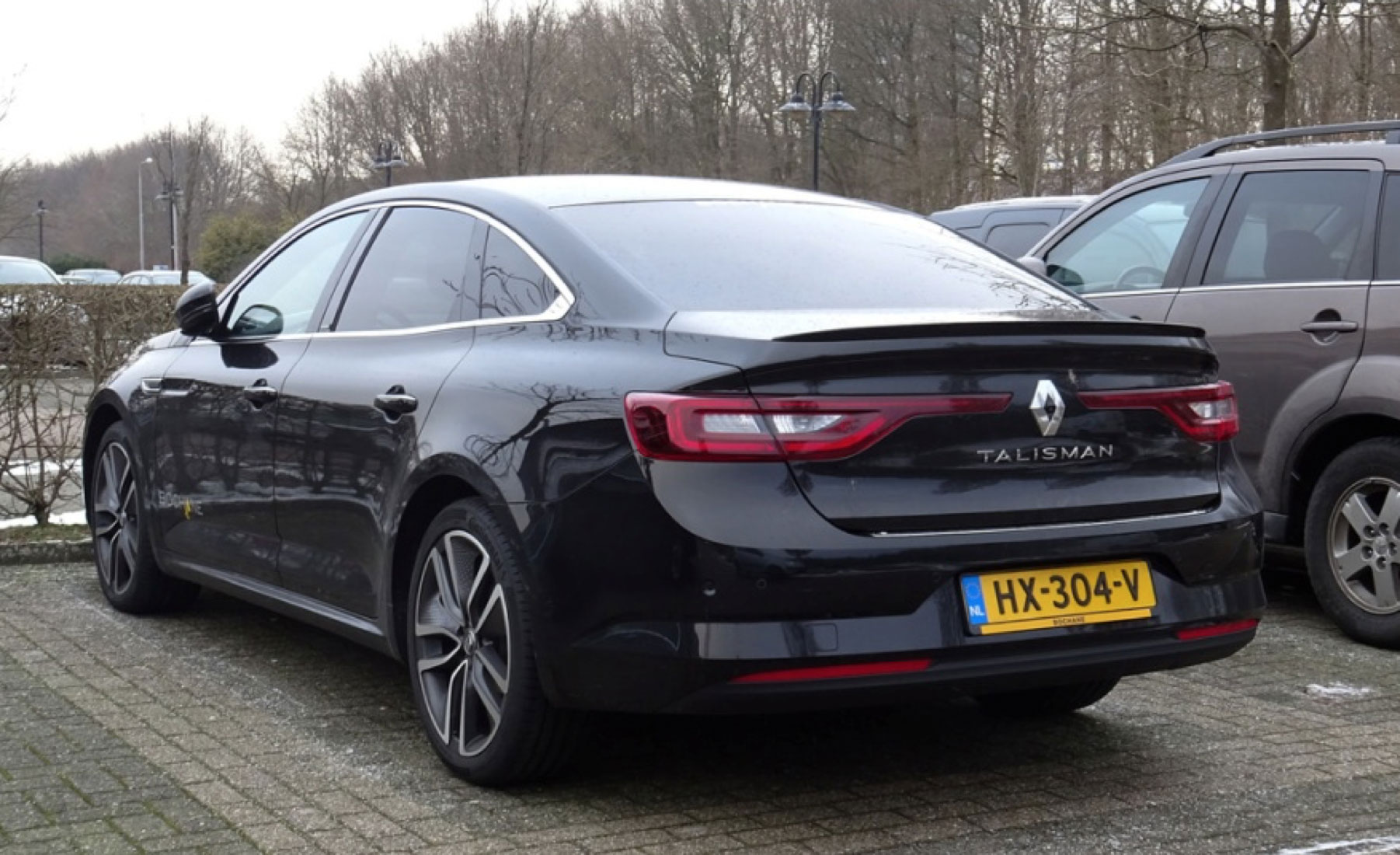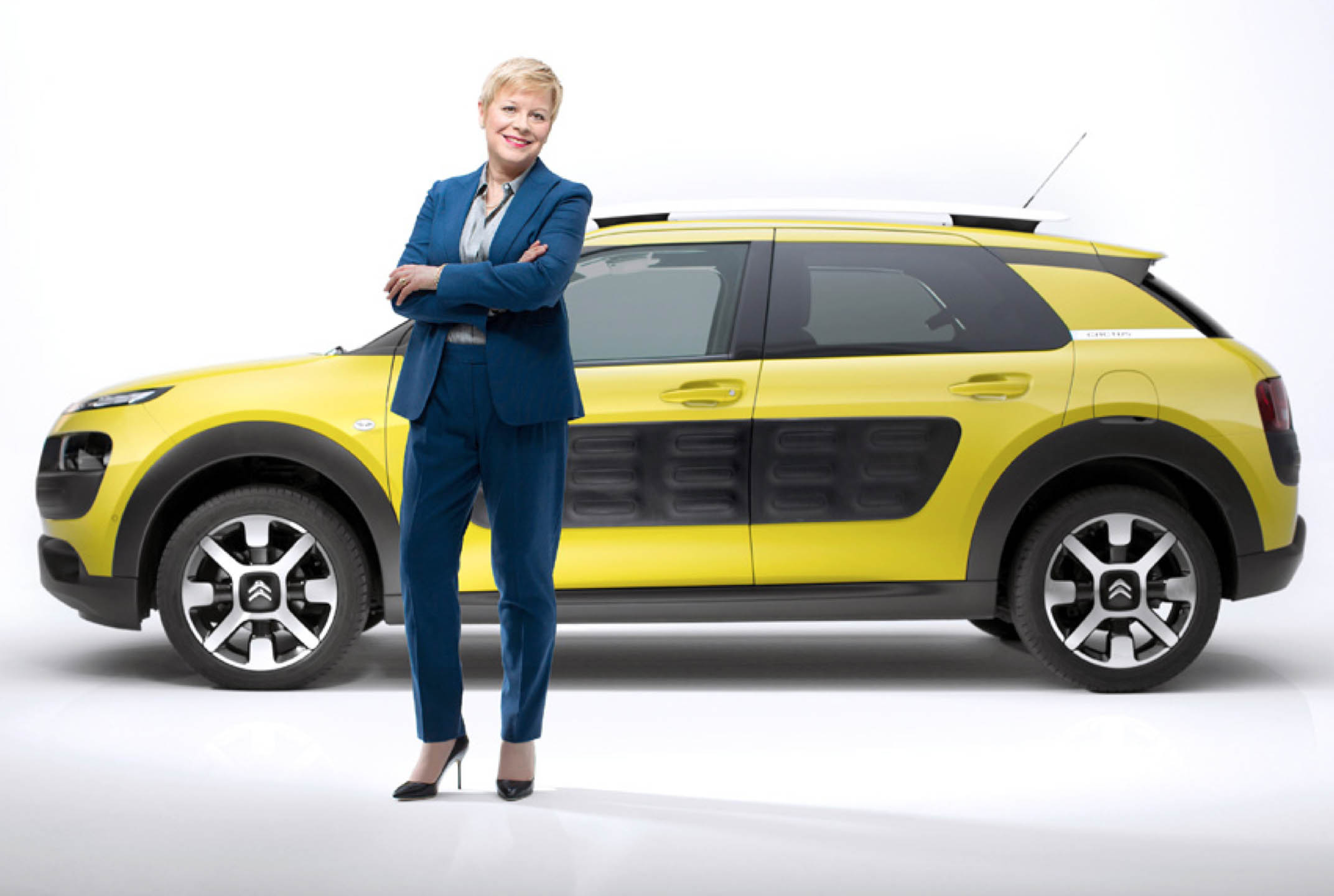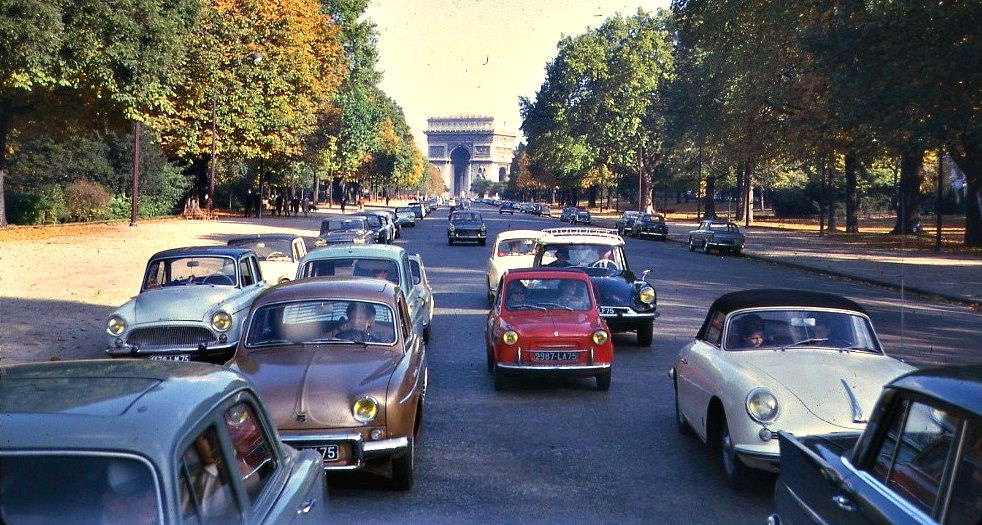The United Kingdom is not the only one that faced a setback with Brexit. Sales figures from the PSA Group show a drag-down effect due to the falling pound. With a 2.4% fall in Peugeot, 12% in DS, and 14% in Citroen, it has become a matter of great concern for the PSA Group.
PSA revealed the declined sales figures last week on 26th of October, 2016. It was a shocker for many as the group had, just about ten days earlier, made a statement about buying 30% stake in a French online retailer, Aramisauto.
The PSA Group also puts out their effort to target a staggering sales target of 800,000 to be reached within six years from now. Major investors have already started doubting the potential, keeping in view the unstable pound situation.
On the other hand, PSA’s head of used-cars division, Marc Lechantre, has shown great interest in tapping the used-car market, and thinks that it holds great potential.
The third quarter has been absolutely dreadful for the PSA Group. The Chief Monitory Officer, Clotilde Delbos, stated merely hours after the release of the figures that the 331 million pound fall was a ‘massive hit’.






